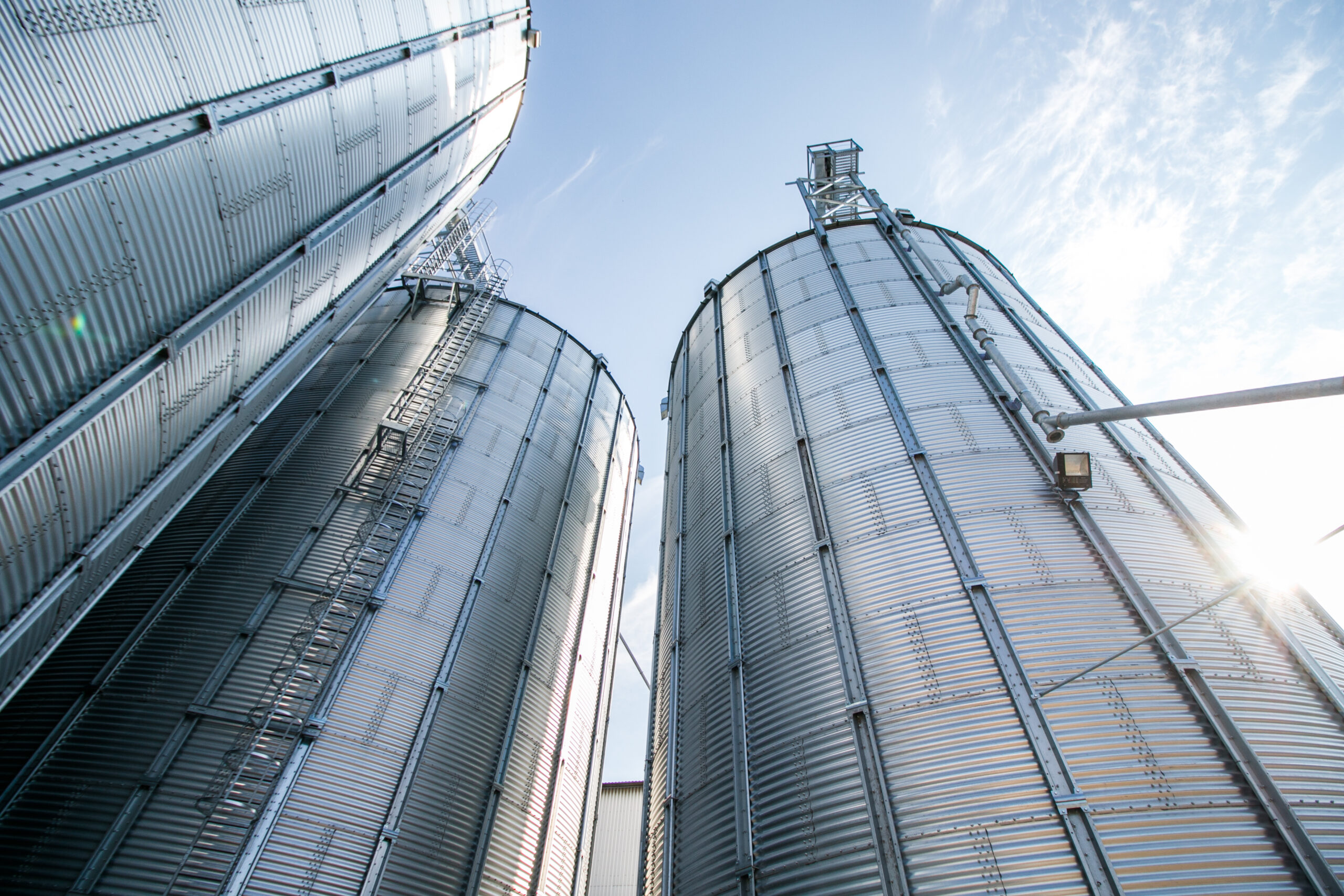Do you know the feeling: You have a conversation for the umpteenth time about the more or less fatal silos that dominate a company or organization? This concerns limiting areas that, in the best case, have a limited promotional effect and, in the worst case, are so massively pronounced that nothing goes in and very little goes out!
But what actually is a silo? It is an image that is often used in organizational jargon, however it is rarely examined in detail. According to Duden¹ it has three meanings:
Storage or a tall container used to store bulk goods, in particular cereals, ore, coal, and cement
Cavity or tall container for ensilaging feed
A short term for rocket silo (meaning: A tunnel-like, underground plant for the storage and firing of a rocket weapon)
Synonyms include: Depot, storage hall, warehouse, storage site
As Change Mangers, we always have a clear work problem with the standard image of a silo. In the first step: We believe that the descriptions from 1 to 4 indicate that the image does not fit in a narrower sense. A silo is generally filled from the top and emptied from the bottom, and what goes in at the top is never the same as what comes out at the bottom. The contents mix together and, very importantly: Toxic gases develop in a silo and stopping near them can result in death. That means it’s our job – in the second step – to find out what exactly each company or organization means by “…we have too many silos…”.

In this second step, it’s all about working out which function the perceived “silo” has, i.e. what purpose it fulfils. Superficially, a “silo” is a demarcation, but it is interesting to understand why this demarcation has been made. Certainly not to safely store your own “toxic contents” and thereby protect others. It’s more about a protective function against others who do not belong to a group. And this is where it slowly but surely becomes uncomfortable for those people reporting about “silos”. Because actually, people or a group of people – including in companies and organizations – will develop their protection/security, depending on their personal level of experience and/or requirements. In Medieval times, and even further back, it was normal to build a fort or stronghold. And going back even further, a cave provided protection. Protection, water, food, fire etc. are all essential basic, evolutionary needs that we have. Even the modern, and particularly not the technological progress of the past decades, has changed anything in that respect.
Now comes the third step, after we have first thoroughly examined the image of the silo and also recognized the healthy, normal and evolutionary need. If our own ancient need for protection extends beyond the healthy (modern) requirement, the question arises: What is actually going on in this “silo” system? It’s never 100% solely on the people in the identified “silos”. Even those people who see themselves outside of the silo are also responsible for it.
Developing humans learned that cooperation pays off. For themselves and for everybody who wants to and can participate. Cooperation results from trust, equal interests, common identification, and with that, the will to achieve the best together for a joint path. So if something is “damaging” in the “togetherness”, it affects the entire cooperation system and requires more precise analysis and actual steps, instead of blanket recognitions. Unfortunately, that often appeals to neither the “silos” nor the “silo identifiers”, as both parties need a joint path that can be stressful and difficult for all: But also very successful!
Foto:
©Rokas
Footnote:
¹ Source: : Online Duden (https://www.duden.de/rechtschreibung/Silo)
